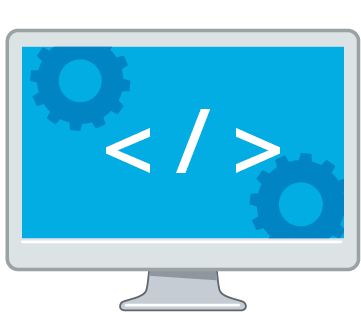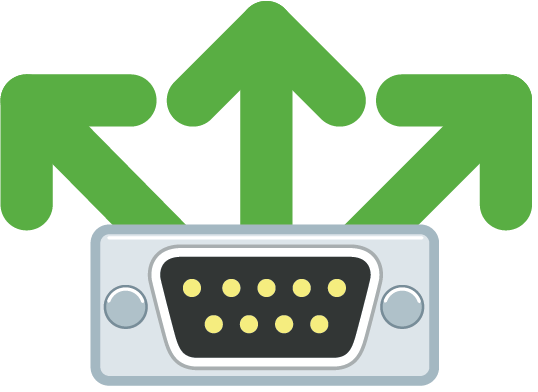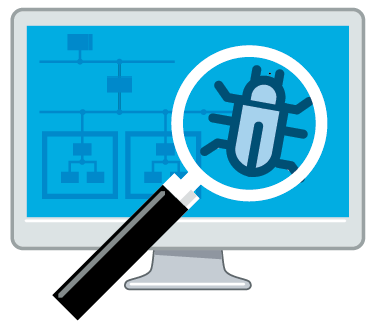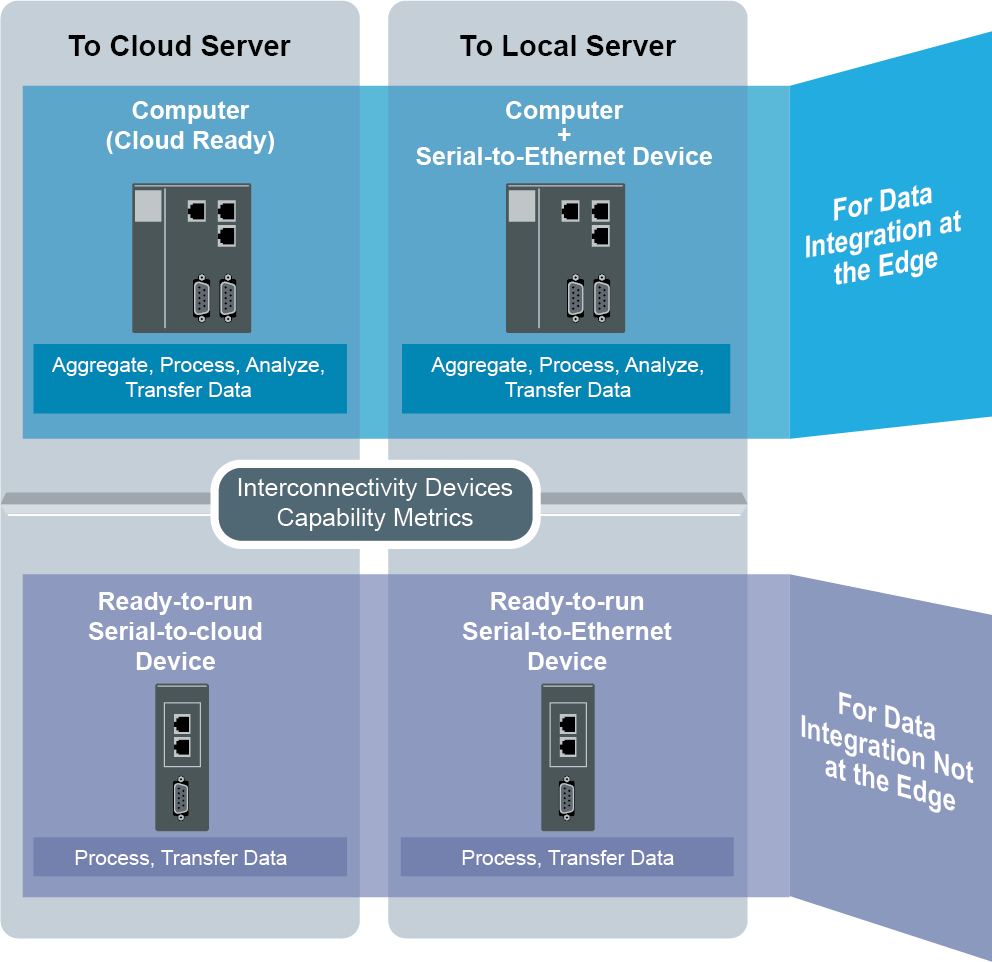Bring Your Field Devices to the IIoT Effortlessly
Collecting data from field devices is cruical for the success of any Industrial Internet of Things (IIoT)
application. However heterogeneous networks, different protocols and mutliple devices make the
IIoT complex. Bringing all these different elemnts together will shift your IIoT strategy into top gear.
Read on to discover how to enable connectivity for your IIoT applications effortlessly

The Industrial Internet of Things (IIoT) has clearly opened up lots of possibilities forr industries to improve productivity and efficiency, eventually
helping businesses to gain new business insights and revenue. However, it takes time and effort to develop an IIoT application that works
perfectly for your business. Factors that determine the success of your IIoT application are the type of data you need to collect, the development
of an analytics system that yield business insights, and the enablement of connectivity between field devices and systems. In this article, we will
focus on how to enable connectivity for your IIoT applications effortlessly
Starting from the Field Devices
It´s essential to know what kind of field devices you have for your industrial application. Multiple kinds of interfaces and protocols are used by
different types of filed devices, and acquiring data from them requires different interconnectivity devices. In most applications, industrial
equipment is usually serial based, and with good reason as serial devices are associated with these four benefits:
 | Easy to Develop: Serial Application software is a lot easier to program compared to communication technologies such as USB Ethernet, Bluetooth, or Wi-Fi which all require a complex software stack. The learning curve is also much easier for a programmer We are talking here abouta hugedifference in programming effort: a couple of lines of coding versus thousands of lines of coding or the difference between a couple of days or a couple of months develop software. |
 | Cost-effective: Compared to parallel, serial equipment is cheaper to implement in most cases. Many ICs have serial interfaces that are built-in CPUs, which will reduce material costs. What´s more, only threee wires are needed to achieve your communication goals. The difference in cost is also significant. |
 | Easy to Deploy: Over short ddistances, as well as with low-speed communication cables are usually less sensitive to noise so the quality of the cable material and the necessity for terminators (for long-distance communication and multidrop applications only) will not easily affect communication. As long as you match the pin assignments correctly, communications will work |
 | Easy to Maintain: Debugging is relatively easy should a communication problem arise. The root causemight be nothing more than a wiring error, a serial parameter setting error, or a protocol setting error (for example, a Modbus setting). Most communication problems can be addressed by fixing these errors. |
Four Tips to Develop Connectivity for Your Serial Devices
The benefits associated with serial devices clearly solidify their importance in todays networks. Even with fsat-changing technologies in
networks, these legacy devices, with the benefits they bring, will still have an essential part to play in the networs of the future. This, learning
how to develop connectivity for your serial devices is imperative for your IIoT application. We take a closer look at four considerations you need
to examine when you connect you serial devices, along with useful tips that make connectivity simple and easy for you
Consideration 1: Dont Let Complex Connectivity Make You Fall Short
A large number of old-fashioned serial-based equipment is used in field sites, probably featuring different interfaces and data formats. Collecting
data from all of them can be complex wihtout suitable solutions
Quick Tip: Take stock of the number of serial devices in your netwrok and identify the demands for data collection. The kinds of serial
devices you have determine what devices are required to connect to your systems for data collection. Based on the different
communication interfaces and data formats, different ehtods can be applied to help you collect data efficently
Consideration 2: TO Cloud or Not to Cloud
When it comes to developing an IIoT application, one of the most frequently asked questions is whether you should push your data to the cloud.
Based on the different scenarios for different applications, answers will vary. The same applies for your interconnectivity solutions.
Quick Tip: Choose interconnectivity solutions based on the application scenario. The following metrics outline the suggested
interconnectivity devices by mapping your data integration needs and the selected backend data server.

Consideration 3: The First Lineof Security Defense
The increasing potential of cyberattacks is always a big concern when developing an IIoT application. Interconnectivity devices should be the
first line of security defense to ensure proper protection for data.
Quick Tip: Check through critical security items for interconnectivity devices. The following checklist can help you find a suitable
interconnectivity devices to set you on the right path.

Consideration Four: The Heavy Workload of Mass Device Management
IIoT applicatoins require large numbers of networking devices to get all the field equipment connect and collect data. An efficient solution to
manage such a large number of devices is nedded; otherwise, it can be a daunting task from the vantage point of management
Quick Tip: Choose interconnectivity solutions that have both GUI and CLI types off management tools. With the line between the IT and
OT worlds becoming increasingly blurred in the IIoT era, management tools need to be flexible enough to serve users from both these domains.

Moxa´s Solution
Moca has more than 30 years of expertise in connectivity to enable reliable network solutions for customers. Download the complete Insider
Guide to ler more details and useful tips on how to enable IIoT connectivity













